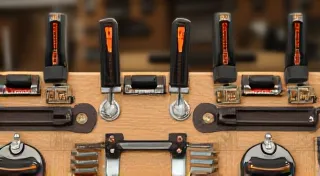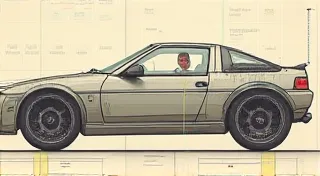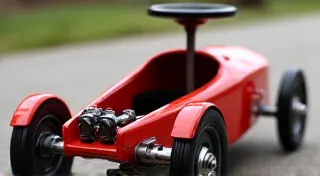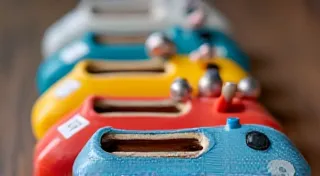Choosing the Right Wood for Your Soap Box Car
Not all wood is created equal! Building a soap box car is a fantastic project, combining creativity, engineering, and a whole lot of fun. But before you start hammering and sawing, you need to choose the right materials. The wood you select will significantly impact your car’s weight, strength, and overall performance. This guide explores different wood types suitable for soap box car construction, considering these crucial factors.
Why Wood Choice Matters
Soap box car racing is all about minimizing weight while maximizing strength. Heavier cars are slower, and a flimsy car can be dangerous. The right wood will offer a good balance between these two qualities. It also needs to be relatively easy to work with, especially for builders new to woodworking. Beyond just choosing wood, the entire building process involves careful planning and attention to detail; ensuring the structural integrity of your car is paramount. This involves not only the wood selection but also understanding the safety tips for soap box car building, ensuring a rewarding and safe experience.
Popular Wood Choices
1. Pine (Specifically White Pine)
Pine is often the go-to choice for beginners. White pine is lightweight and readily available, making it relatively inexpensive. It’s also easy to cut and shape, ideal for intricate designs. However, pine is softer than some other options, meaning it’s more susceptible to dents and dings. It's a good starting point, but you might need to reinforce certain areas.
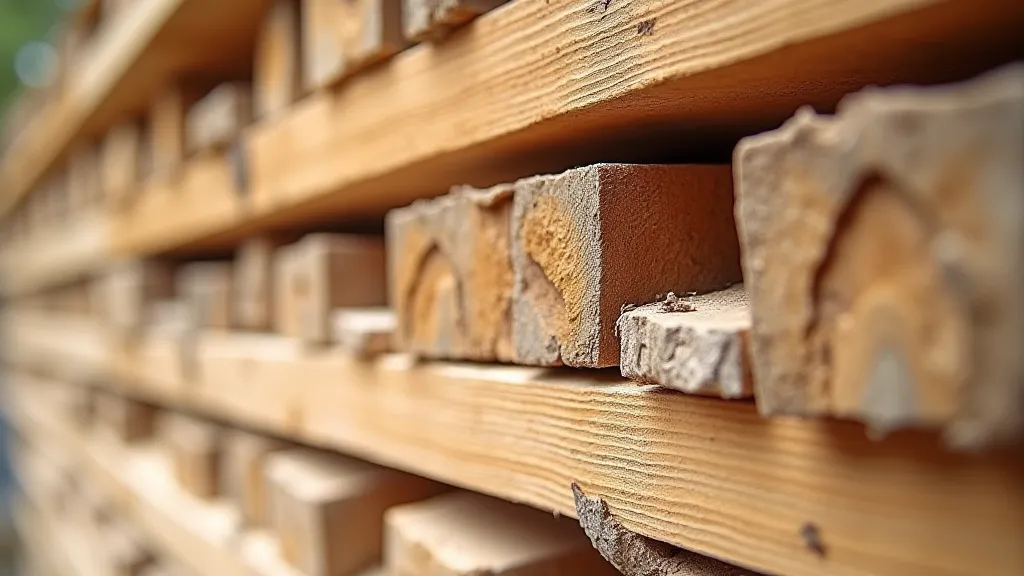
2. Poplar
Poplar is a harder wood than pine, offering increased strength without a massive weight increase. It machines well and takes paint nicely if you plan to decorate your car. It's still relatively affordable and easy to find at most lumber yards. It's a good compromise between ease of use and structural integrity. Consider the competitive aspects of soap box car racing; the resilience and spirit forged during the build and the competition itself can be truly remarkable – a true crucible of competition.
3. Fir (Douglas Fir)
Douglas fir is another good option, offering a decent balance of strength and weight. It's generally a bit stronger than pine, but also a little heavier. It can be a bit more challenging to work with than pine, so it might be better suited for builders with some woodworking experience.
4. Cedar
Cedar is known for its natural resistance to rot and insects. While this isn't a huge concern for soap box cars (they're usually stored indoors), it’s a nice bonus. Cedar is also lightweight, but it tends to be more brittle than other options, so it’s important to handle it carefully.
5. Plywood
Plywood is commonly used for the body panels of soap box cars. It’s stable, and readily available in various thicknesses. When choosing plywood, look for void-free plywood, this ensures the layers of wood are tightly bonded together and don't contain air pockets which could weaken the structure.
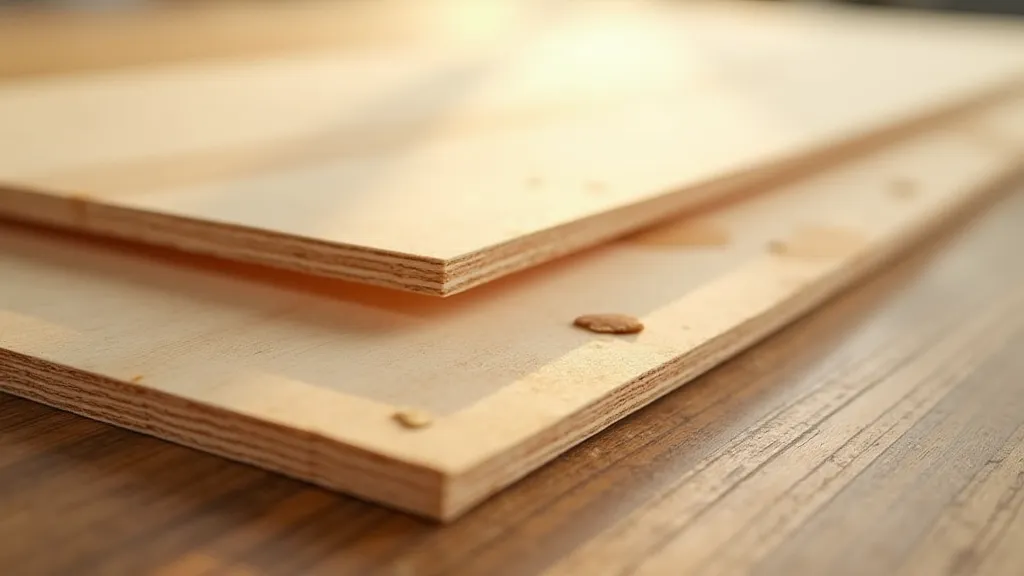
Wood Thickness & Construction Techniques
The thickness of the wood you choose is also important. Thicker wood is stronger, but also heavier. A good starting point is 3/4" (19mm) for the frame and body. For areas that will experience a lot of stress (like the steering mechanism), consider using thicker wood, or reinforcing with metal brackets. Beyond material choices, the design itself is paramount. The narrative you craft through your car’s design, its form reflecting your vision, speaks volumes – contributing to a true velocity of dreams.
When working with wood, consider that grain direction plays a significant role in both strength and ease of construction. Cutting with the grain, rather than against it, reduces the risk of splitting and ensures cleaner cuts. Furthermore, building a soap box car can be a powerful team-building exercise, especially for schools. Integrating a project like this into the curriculum provides valuable lessons in engineering, collaboration, and problem-solving – a superb soap box car building for schools project.
Expanding Your Knowledge: Beyond Wood Selection
Choosing the right wood is only one aspect of successful soap box car construction. Understanding the broader principles of engineering and design is crucial. Consider the aerodynamics of your car’s shape – how it cuts through the air – as well as the strength and weight distribution. Even small adjustments can significantly impact performance. Furthermore, remember that safety is paramount. Always wear appropriate safety gear, such as eye protection and gloves, when working with wood and power tools.
Considerations and Tips
- Budget: Wood prices vary significantly. Pine is usually the cheapest option.
- Availability: Some woods are easier to find than others, depending on your location.
- Weight: Keep the overall weight of your car within the race regulations.
- Strength: Don't skimp on the structural components. A strong car is a safer car.
- Grain Direction: Pay attention to the wood grain when cutting and fastening. Cutting *with* the grain can lead to splitting.
- Sealing: Applying a sealant can protect the wood from moisture and extend its lifespan.
- Fasteners: Consider using screws rather than nails for added strength and durability.
- Finishing: A well-finished car not only looks great but also provides an extra layer of protection against the elements.
Beyond the technical aspects, building a soap box car offers a unique opportunity to foster creativity and problem-solving skills. It’s a chance to learn from mistakes, adapt to challenges, and celebrate successes as a team. The process of creation, the thrill of the race – it all contributes to a truly unforgettable experience. And if you're worried about the longevity of your build, remember that proper sealing and care will extend its life considerably, preserving the memories created along the way.
Choosing the right wood is a crucial first step in building a successful soap box car. Take the time to research your options and consider your budget, skill level, and desired performance. Happy building!

